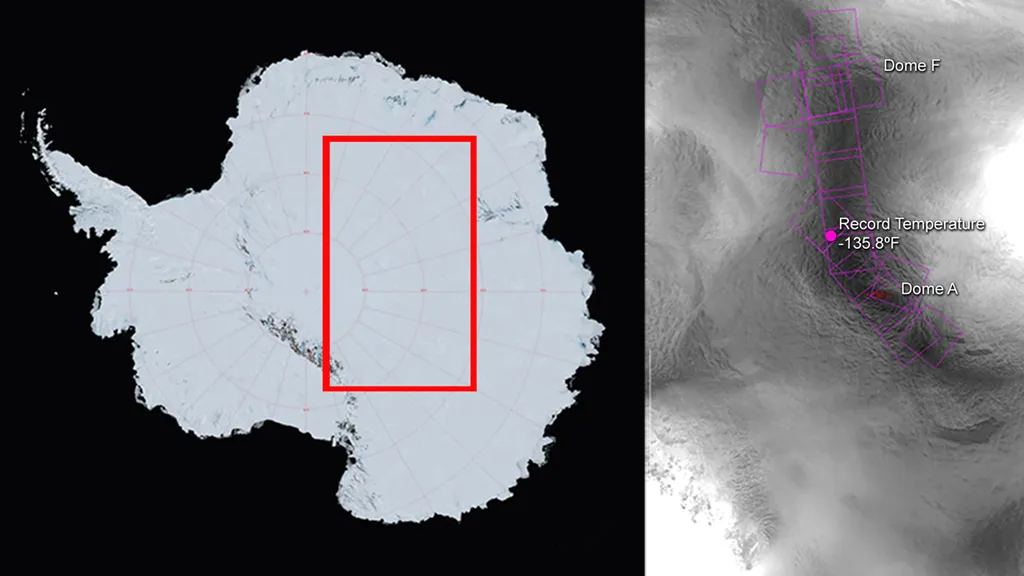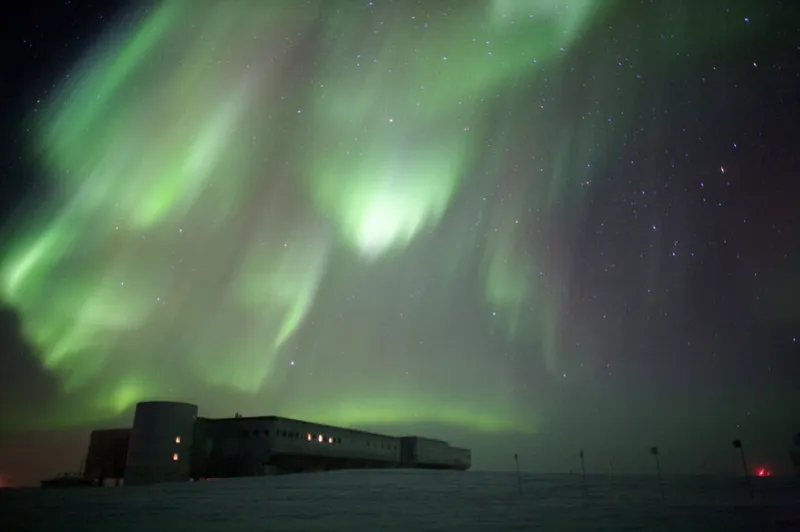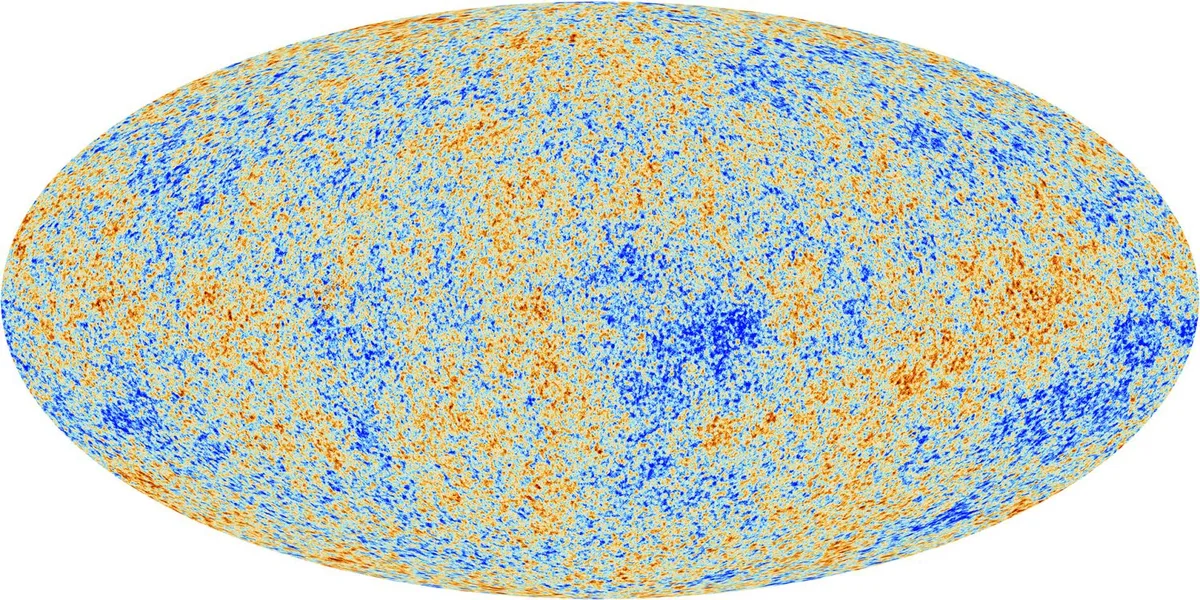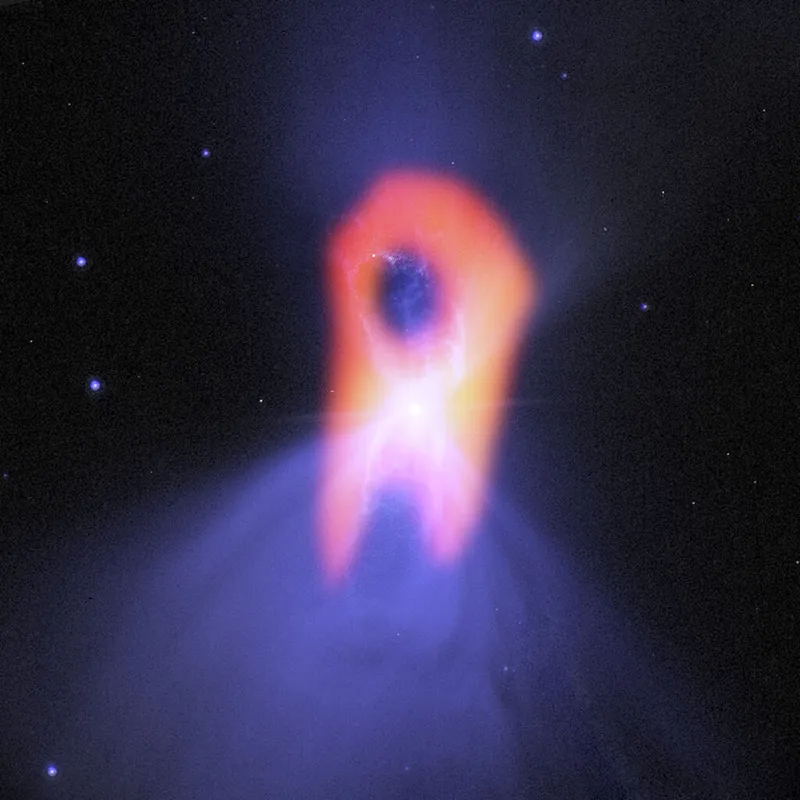Researchers in 2018 used satellite data to determine the coldest place on Earth is the East Antarctic Plateau.
This area, about the size of Australia, was found to have surface temperatures around -98 °C (-144.4 °F).
It’s not easy to measure temperatures this low. Your outdoor thermometer uses a liquid that is likely to become solid at temperatures below -30 °C .

The researchers calculating how cold the coldest place on Earth is used a combination of data from NASA’s Terra and Aqua satellites and satellites from the National Oceanic and Atmospheric Administration (NOAA).
This extremely low temperature occurs in the southern polar night; a time when the Sun does not appear above the horizon for more than 24 hours.

To drop as low as -98 °C there need to be certain conditions, according to the scientists who collected the data, namely at least a few days of "incredibly dry air", as any moisture would hold in heat.
In fact, Ted Scambos, lead author of the study, believes that -98 °C is the limit of how cold the Earth’s surface can naturally get.
To get any colder would require a longer period of dry air and consistent conditions, which, with Earth’s changing weather, is unlikely to happen.

Read more:
- What colour is the Sun?
- Can you see the Great Wall of China from space?
- How long does it take to travel around the world?
Coldest places to live on Earth
It’s no surprise that the East Antarctic Plateau is inhospitable to most living things.
The large animals you find at the coast, like penguins and seals, can’t survive on the plateau.
Between 50-150 researchers do live and work at the Amundsen-Scott South Pole Station, where recorded temperatures have been as low as -82.8 °C.
Outside of Antarctica, the country on Earth with the coldest mean temperature across the year is Greenland, with an average of -18.62 °C.

But Greenland isn’t where you’d go if you were looking to live through the coldest winters on Earth. For that, you’d need to go to Siberia.
The coldest permanently inhabited place on Earth is the village of Oymyakon.
Across the year, temperatures average at around -14.7 °C, but those who live there see a wide variation.
January can have mean temperatures of -45.7 °C, while a summer’s day in July can be 23°C (the same average temperature as a July day in London!) according to data from NOAA.

Earth has been much colder
Our planet has seen much colder temperatures throughout its history. Earth has had five major ice ages.
During the last glacial period, which started about 115,000 years ago and ended 11,000 years ago, global temperatures were 6 °C lower than they are today.
The drop from a mean of 15 °C to 9 °C doesn’t sound like much, but it meant that most of North America, Europe and Asia was covered in ice sheets.
Earth is, as we know, now warming. But climate change does also increase extreme cold events.
Cold air around the North Pole is contained by the Northern Hemisphere’s jet stream.
But scientists say that melting Artic ice and warmer air affects the jet stream and allows colder weather to travel further south.
Earth vs space

Is the coldest place on Earth colder than space? It’s tricky to determine the exact temperature of space as it depends on what’s around – or in – the nearby space.
The ‘empty’ space next to the Sun would be very different than that around the Moon. The temperature of the Moon can reach well below –200°C at certain points.
Most say that the temperature of space is what’s known as the Cosmic Microwave Background, which has a temperature of -270.415 °C.
And the coldest place in the known Universe is generally regarded as the Boomerang Nebula, at a rather breezy -272°C.

Earth isn’t the coldest planet in our Solar System: that accolade goes to the dwarf planet Pluto, with a mean temperature of -225 °C.
Or Neptune, with a temperature of -200°C (330°F), if we exclude Pluto due to its planetary declassification.
Earth is the third hottest planet, beaten to the top by Mercury, (167 °C) and Venus (464 °C), the latter being the hottest planet in the Solar System.
Thankfully, it was Earth’s not-too-hot, not-too-cold conditions that made it the perfect planet for life to flourish.

